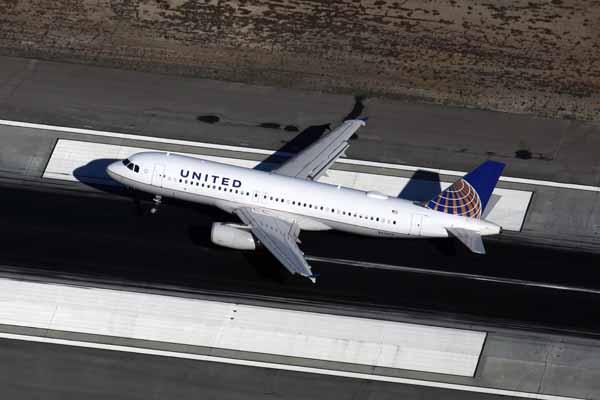Pockets Of Demand Disrupt Expected Narrowbody Retirement Surge

Credit: Rob Finlayson
AMSTERDAM—Rising demand in some markets could affect the pace and scope of aircraft retirements, particularly in the narrowbody sector that supports domestic and intra-regional traffic benefiting from rising leisure-traffic flying. “If you remember back in the beginning of the pandemic as things...
Subscription Required
This content requires a subscription to one of the Aviation Week Intelligence Network (AWIN) bundles.
Schedule a demo today to find out how you can access this content and similar content related to your area of the global aviation industry.
Already an AWIN subscriber? Login
Did you know? Aviation Week has won top honors multiple times in the Jesse H. Neal National Business Journalism Awards, the business-to-business media equivalent of the Pulitzer Prizes.


